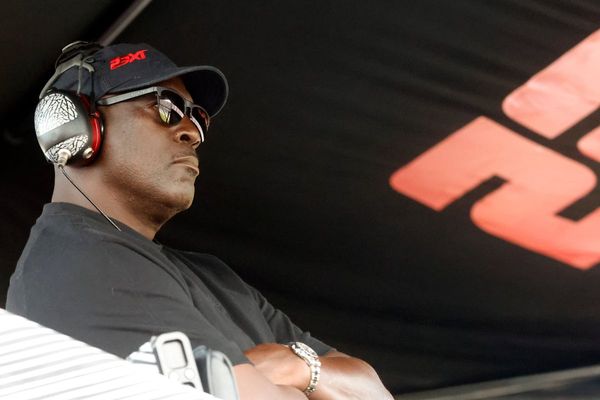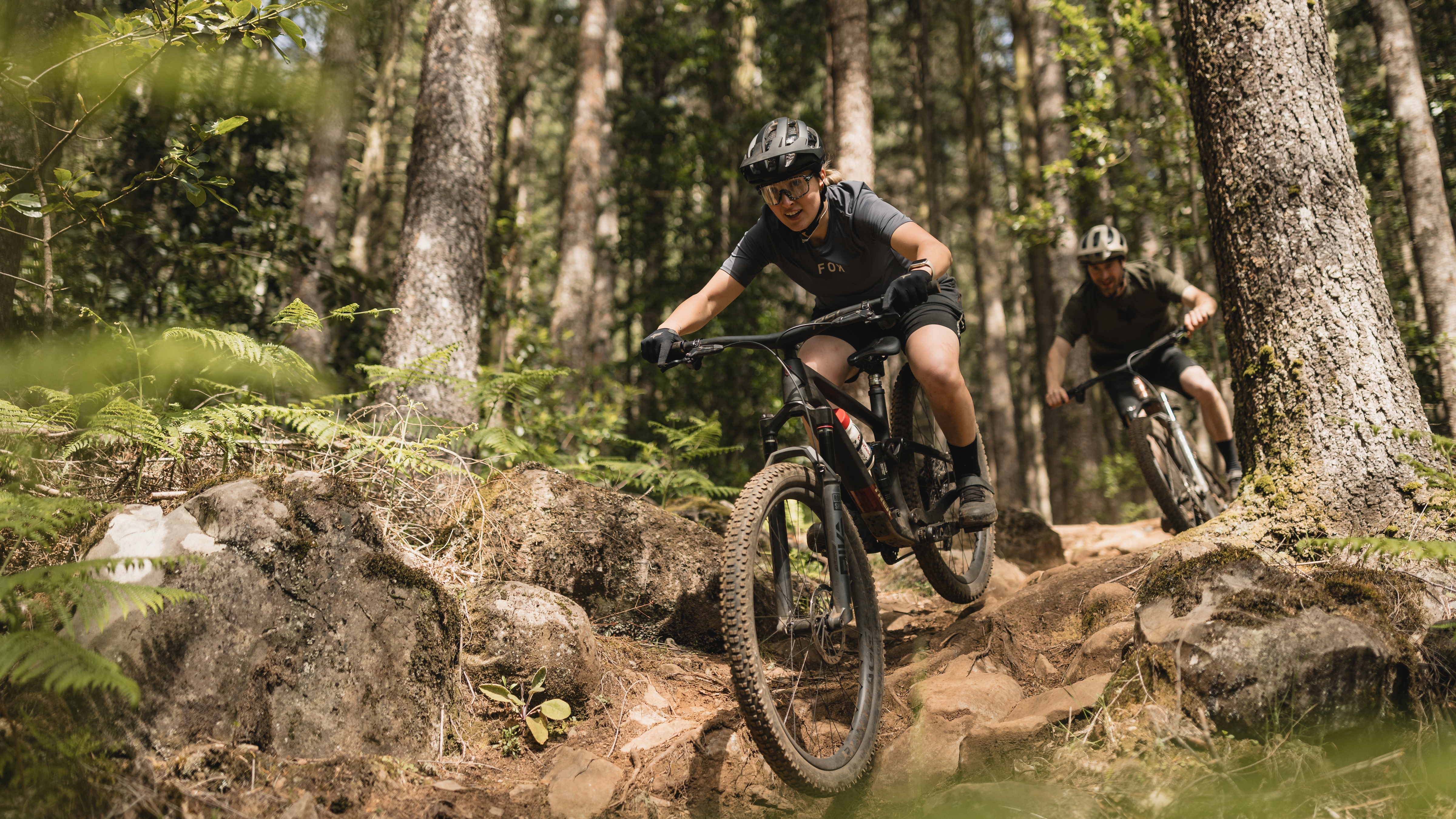
The last generation of Trek’s Top Fuel took it further on its journey toward trail riding from its XC origins, but reviewers and customers confirmed that was the right direction with multiple awards and very healthy sales for a human-powered bike in an increasingly electrified environment. It's no surprise then that they’ve stayed on a very similar trajectory with the latest Gen 4 Top Fuel, so what are the changes and are they enough to make it worth buying compared to a Gen 3 version?

Structure
Detailed information around the new Top Fuel is relatively sparse and I’ve not had a chance to talk to the project engineers yet, but what I do know is good news. The biggest beef I had with the previous bike was that it was on the heavy side for the 120mm travel category. So while I don’t know how it’s been achieved, news of a half-pound / 220g frame weight saving on both carbon and alloy bikes is very welcome. Especially as it still has the same basic ‘proper rear pivot’ ABP suspension that’s always given the Top Fuel outstanding traction and suspension sensitivity under power and particularly braking.
The chain stays are now size-specific to balance handling better with M/L (that's not as typo) and L bikes getting 5mm longer 440mm stays, and XL bikes getting 445mm stays. Inevitably someone on a forum will point out that means they’re fractionally ‘proportional’ not fully proportional but does anyone really want 500mm plus rear centers on an XL frame? Small sizes will also come with 27.5-inch wheels at both ends as well as a curved top tube for a more inclusive standover height.
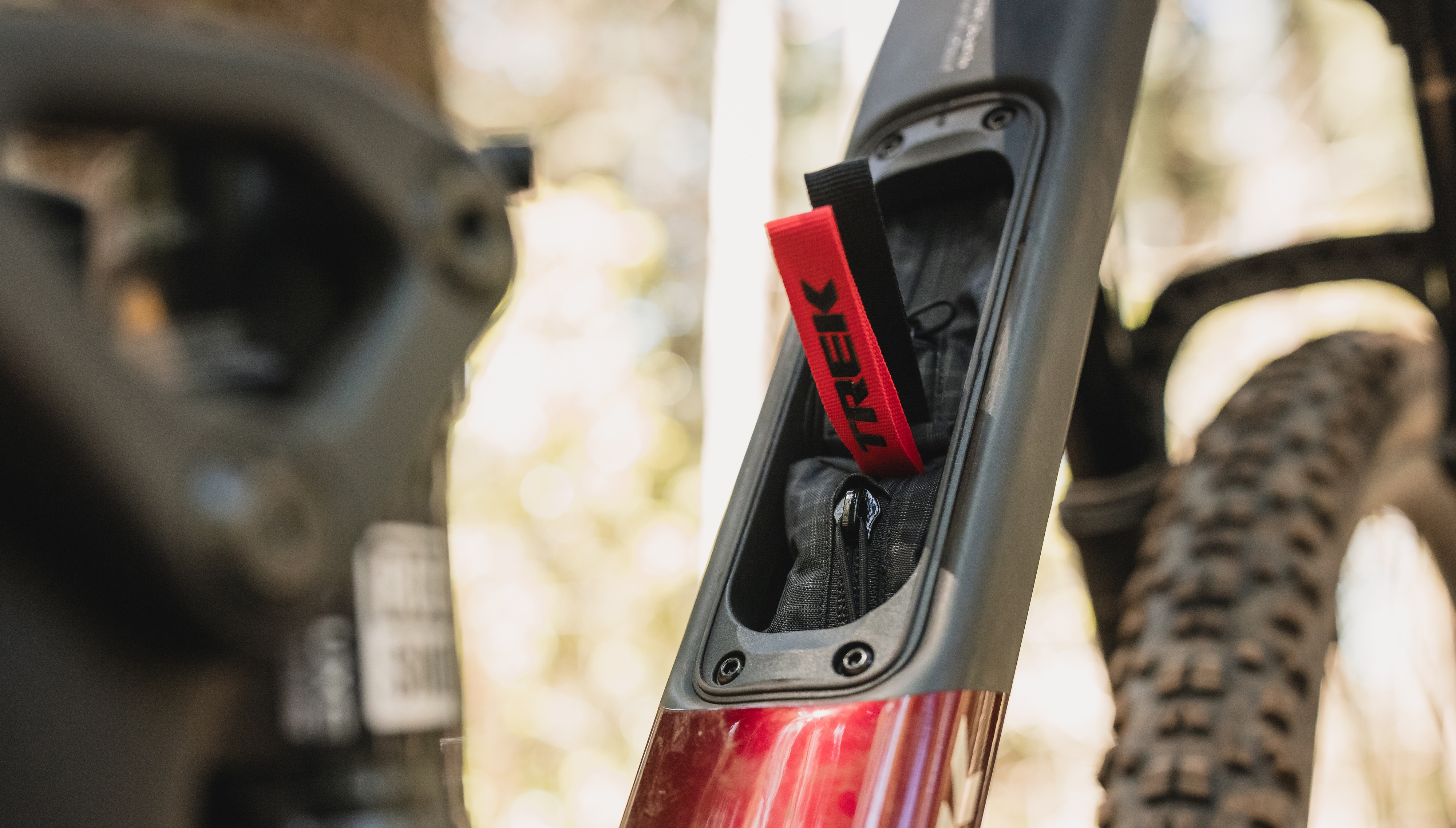
Storage and steering
Frame storage accessibility has been improved for an “overall better experience” too, which will hopefully solve the previous issues where getting an innertube into or out of the down tube was a twelve-round wrestling match. The door is better sealed than before, you get improved ‘BITS’ bags inside and the internal cables are tucked away more neatly.
The Knock Block steering limiter is gone for Generation 4 as well, which will delight all the people hating on it when they posted an ad for the current bike on Facebook last night, triggering me to think they’d broken their own embargo. Note to self, check all the obvious facts before you try and be a smart arse to the marketing department, otherwise you risk having a ‘Kock Block’ installed on your media access.
Shock
The two-position ‘Mino Link’ at the bottom of the shock now becomes a four-position link. Which doesn’t sound much, but it opens up all sorts of variability in terms of shock rate (14 or 19 percent progression), geometry (half a degree), mullet rear wheel, and even longer stroke shock (55mm rather than stock 50mm) use. Again, it’s really accessible and easy to use rather than being buried deep inside a frame cavern, ready to eat its own small parts as soon as you loosen them.
While 130mm fork travel and 120mm rear wheel travel are unchanged, the Top Fuel now has slightly more anti-squat for a more peppy pedaling feel. The frame is cleared for use with 140m forks and piggyback shocks as well – if you want more stroke to enable your stoke.
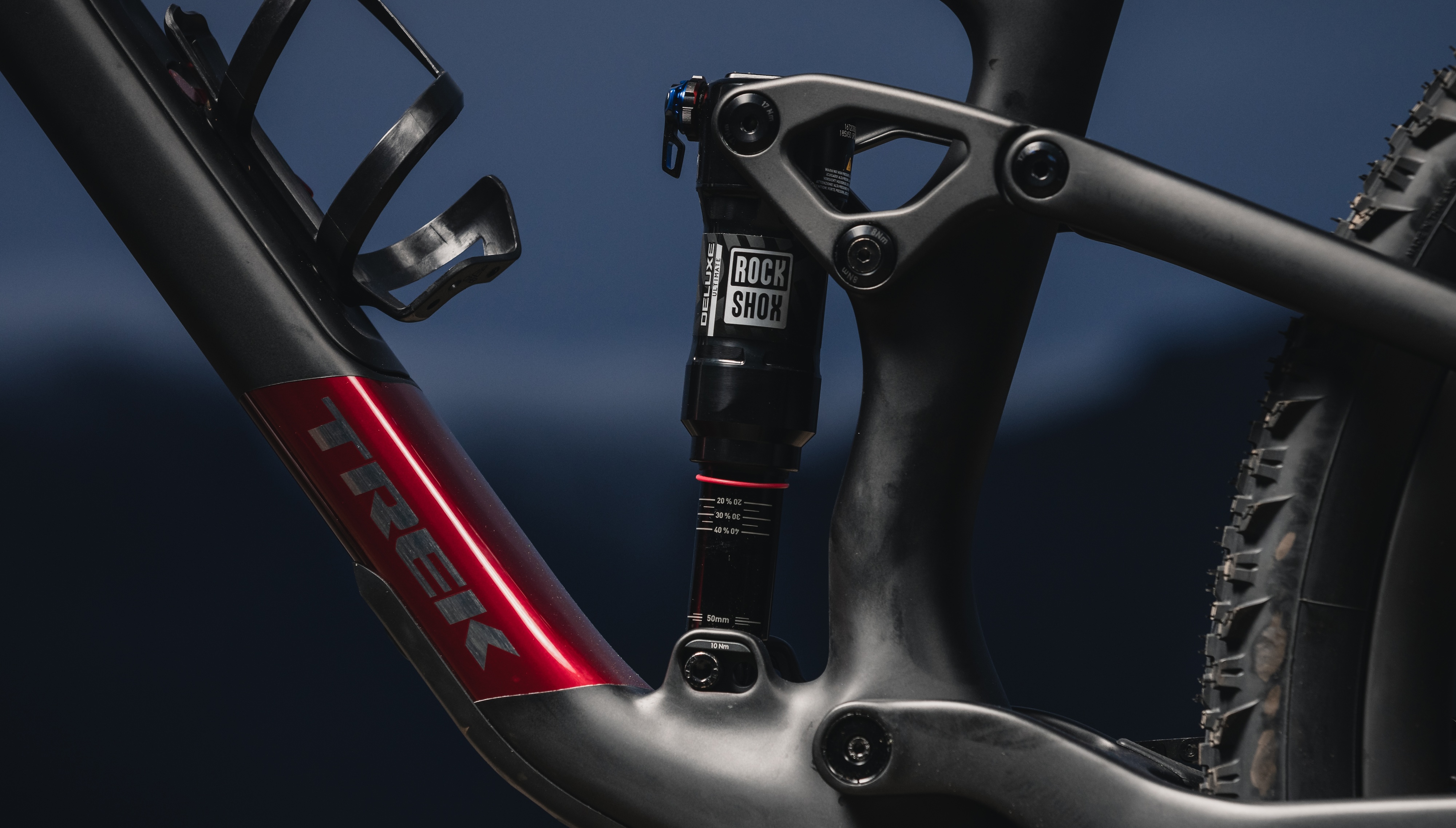
Geometry and options
What hasn’t changed much is geometry. The head angle is half a degree slacker at 65.5 degrees but the effective seat angle is the same at 76 degrees. Reaches only change slightly (+2mm to 447mm on a medium) but dropper post insertion is improved so you’ve got more latitude in frame size choice.
Despite Trek saying they’d be cutting their bike range by 40 percent, the Top Fuel seems to have largely escaped the culling. It still comes in five carbon frame specs (XT, GX AXS, XO and XX) and three alloy frame specs (Deore/XT/GX AXS) all in two or three color options. You’ll still find five different sizes including the ‘M/L’ option that’s a genuine sweet spot for riders dithering between M and L sizes on other brands.

Our take
I’ve not ridden the new Gen 4 Top Fuel yet, but I’ve ridden every previous version. The move to a lighter frame with peppier pedaling is definitely a welcome shift for those of us who remember it as a mainstay of privateer racers and there’s potential to take it lighter with a 120mm fork and XC shock too. Conversely, the fact it’s more versatile in terms of increasing travel, adding a piggyback shock, and tweaking geometry and suspension will get nods of approval from more trail-focused riders. Better storage is better for everyone and judging from online comments, nobody is going to miss the Knock Block either.
In other words, it looks like the new Gen 4 evolution only adds positives to a full-suspension mountain bike that has already won several 'bike of the year' awards, as well as the hearts of many riders who want a fast but very capable and enjoyable trail bike.
Trek is also in the rare position of being able to launch a new MTB without currently having discounts on the previous model. In fact, the new bike prices are actually lower than the previous bikes in many places, so if you ignore other brands who are binning out surplus bikes at clearance cost, the price is another positive aspect of the new Top Fuel.
As to how the bike actually feels on the trail, I’ll get back to you as soon as my test sample arrives and I've logged some proper riding on it.
Full specs and more info are available now over at Trek.com.
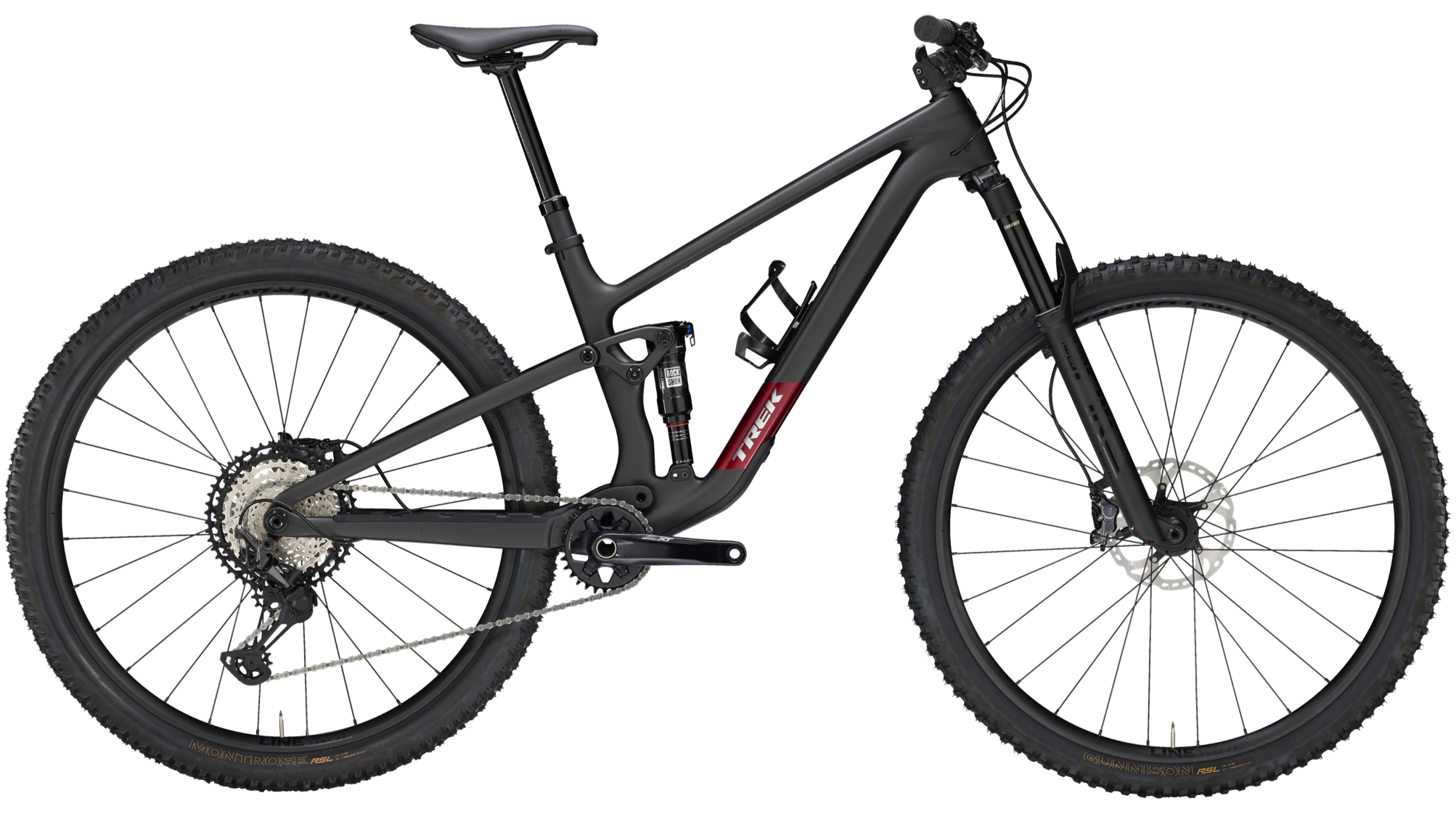
Trek Top Fuel Gen 4 pricing
- Top Fuel 5: $2,699.99 / £2,500 / €2,799
- Top Fuel 8: $3,999.99 / £3,500 / €3,999
- Top Fuel 9: $4,799.99 / £4,500 / €4,799
- Top Fuel 9.8 XT: $6,249 / £6,000 / €TBC
- Top Fuel 9.8 GX AXS: $6,999.99 / £6,500 / €TBC
- Top Fuel 9.9 XO: $8,499.99 / £8,500 / €TBC
- Top Fuel XX AXS: $10,499.99 / £10,000 / €TBC
- Top Fuel alloy frame: $2,499.99 / £2,500 / €TBC
- Top Fuel carbon frame: $3,899.99 / £4,000 / €TBC
